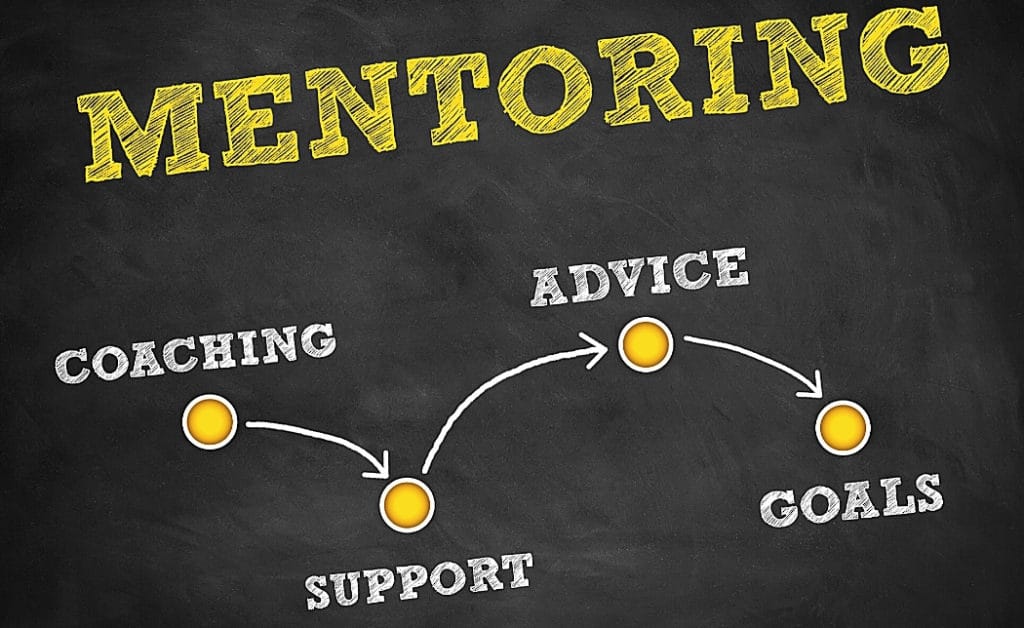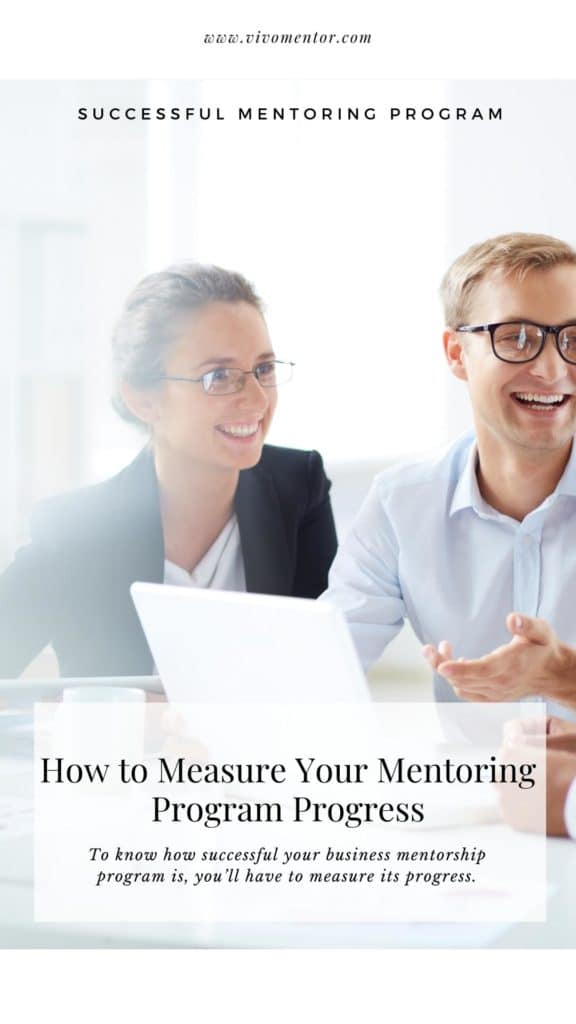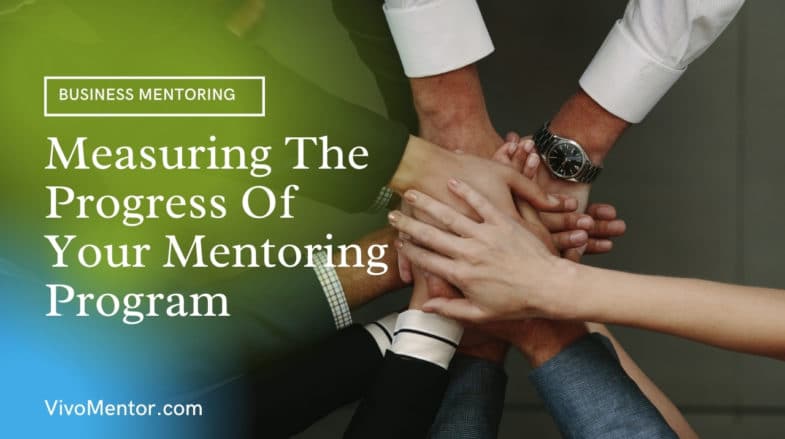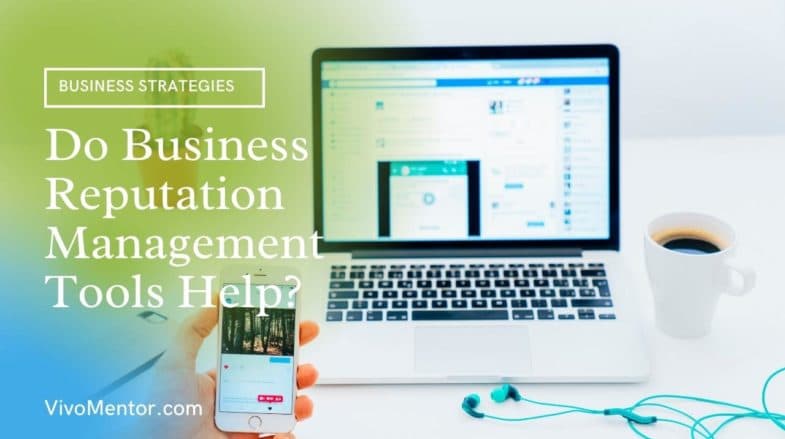To know how successful your business mentorship program is, you’ll have to measure its progress. A successful mentoring program help break down the obstacles and create an environment for success.
A mentoring program connects people who possess certain skills and have attained a level of expertise in a business line, usually referred to as a mentor, with individuals (called mentees) seeking guidance in the same line of business to boost their knowledge and economic growth.
Why Should You Measure Your Mentoring Program?
It is of utmost importance to know why it is necessary to measure your mentoring program’s progress. A mentoring program offers a three-way benefit to the mentor, the mentee, and the organization if well implemented.
The primary importance of measuring your mentoring program progress is to see if the program has been able to meet up with its objectives, that is, the main reason why the program was established.
- Has the organization successfully been able to connect mentors with mentees?
- Has the mentor been of good guidance to his protégé?
- Has there been any visible improvement in the mentee’s business?
These questions need to be answered to ascertain the stance of your mentorship program.
If you have been able to answer the above listed questions positively, then you would be interested to know how you can measure the progress of your mentoring program. Each measurement is not just important to your program’s ROI but also fosters the development of your mentors and mentees.

How to Measure Your Mentoring Program Progress
To know if your mentoring program is working, you have to look out for the following points;
Have your business objectives been met?
Before starting up a mentoring program, you must have set specific business objectives that you hope to accomplish with the program. Once you decide to measure your program’s success, look back at those set objectives and see if they’ve been met.
If you haven’t reached your proposed objective, consider replacing it with a new objective and start working on achieving it.
Have your SMART goals been reached?
SMART stands for Specific, Measurable, Achievable, Realistic, and Time-Bound. This yardstick measurement should be used by the mentors and mentees.
This goal shows that the relationship between a mentor and a mentee is going well and it’s a good indicator that will prove your mentoring program’s success. The mentee should set a SMART goal to list out the things they want to get out of the relationship.
On the other hand, the mentor needs to map out a structured plan on how the goals will be achieved. Both mentor and mentee should revisit this plan to update it once their set goals have been realized.

Have regular check-ins
Regular check-ins with both mentors and mentees are just as important to the growth of your mentoring program. These check-ins will help you oversee the effectiveness of your mentoring program.
Ask questions also that would allow you to determine the compatibility of the pairings.
- Do mentors and mentees feel well-matched?
- Do they have a positive and engaging experience?
Asking these questions at the early stage will help you decipher is the program is actually growing or declining.
Has your program gotten any referrals?
This happens to be an overlooked point, which is in fact, of good importance. For your program to be referred to someone, it means your mentoring program is doing well. This shows the sustainability of the extent of your program’s advocacy within the organization.
The program’s administrator will show the increase in the number of participants (both the mentors and mentees), the number of referrals, the number of mentors that have participated in more than one. This gives important inference points about the program’s effectiveness.
Have you gotten any feedback?
Unlike other measurements, this particular one does not need to be fore-planned. Getting feedback from participants is another way to show the progress of your mentoring program.
However, there can be times when your participants will fail to give you feedback; in cases like these, you do not need to be alarmed. You can carry out a survey to find out what they are getting from the program. From there, the ROI of the program can be ascertained. If all is going as it should be, you would realize good outcomes.
Knowing the status of your business mentoring program is very important. However, if your program is doing well, consider adding more set goals to be achieved. If it shows to be doing wrong, consider a new strategy.
How to Mentor Someone Video – 6 Step Mentoring Process
From the video: I’m gonna be sharing with you my process on how to mentor someone so stick around. This is a process I’ve used for a number of years to be able to develop business professionals, both with their skill sets at work and for their personal growth. So, let’s get started right now.
Number one is: What does this person need to start doing? What is it that you need them to execute on, so that they can get the results that they want? Yes, it may seem really simple and it is, but I encourage you write that one down.
Number two is: What are the skills that they need to learn to accomplish, that there are specific skill sets that go along with that development. If you’re wanting to accomplish something, for example, let’s say you’re coaching somebody in accounting for business, one of the skills they might need to learn is how to use Excel effectively right.
So you need to invest the time to either you teach them that or give them assignments, so they can spend time developing that skill set on their own as well.
Number three is: What does the person need to stop doing, and you have to be very straightforward, very direct oftentimes, because people want to be helpful. They may be taking on a whole bunch of other tasks around them for their co-workers, and you may have to look at them and teach them when to say No.
There are specifics on things that you have to give an individual when mentoring, hey, you need to stop doing this and be specific.
Number four is: You need to advise the person what they need to do more of. They may already have a skill that they’ve started to develop, but they need to do more of it to gain strength in that area. Using strengths as an example, if you’re wanting to get to a point that you can benchpress 250 pounds, what do you have to so you have to do more lifting weights right? It’s not necessarily the amount or the specific weight that you’re starting at, but as you do more of that, more of those reps, you will develop yourself so the over time, you’re able to lift more weight.
Number five is: What does the person need to do less of. Using the the example we all spend time at the gym trying to get into better shape. They may need to focus more on what it is that they’re putting into their body and less junk food right. I know these may seem like simple analogies, but it’s stuff that we can all relate to and the sixth piece of this process.
You have to put it down on paper.
What is your mentorship role going to be in each of these areas? Where can you help develop the person? How can you help to hold them accountable? How often are you going to meet with the person? Are you going to have checkpoints once a week once a day once a month?
You need to be specific when you’re engaging in that relationship as you take it on, seriously. If you want that individual to have the accountability with themself, you have to have accountability with them and when you do, it will allow them to grow the most.








